Can you believe it’s been eight years since we first asked the pathology and laboratory medicine community to contribute to our inaugural image issue? And yet, in our octennial year, we’ve never had more creative, eye-catching, and surprising submissions to sift through.
For 2023, we are proud to feature a plethora of pieces in a variety of mediums – from abstract canvases dripping with H&E splendor to hand drawn illustrations that show off the sensorial experiences of grossing.
We are always impressed by the amazing talent that resides within pathology and laboratory medicine. But know that this gallery is but only a small snapshot – a single brushstroke on the giant canvas of this community’s skill and creativity.
Inside a Cell
Credit: Alivea Smith-Andrews, Medical Laboratory Scientist, LabPLUS, Auckland City Hospital, Auckland, New Zealand
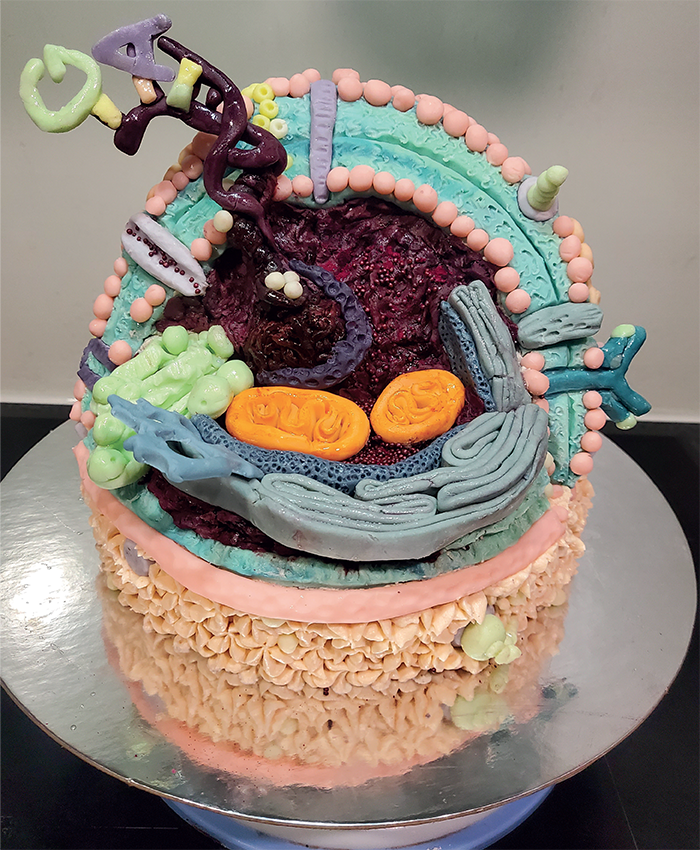
Pap Rose Painting
Credit: Andrea Shields, PGY-2, Loma Linda University, Loma Linda, California, USA
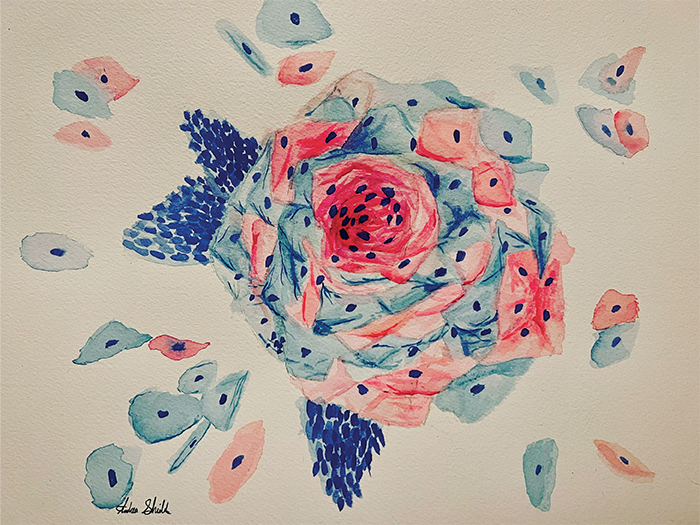
A Zoological Safari Through Tissue Specimens
Credit: Anoosha Murthy, Consultant Pathologist and Quality Manager, Celara Diagnostics, Bangalore, India.
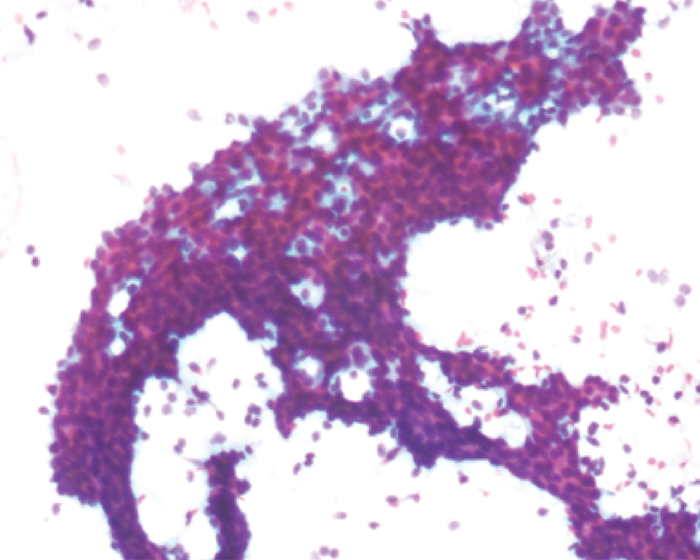
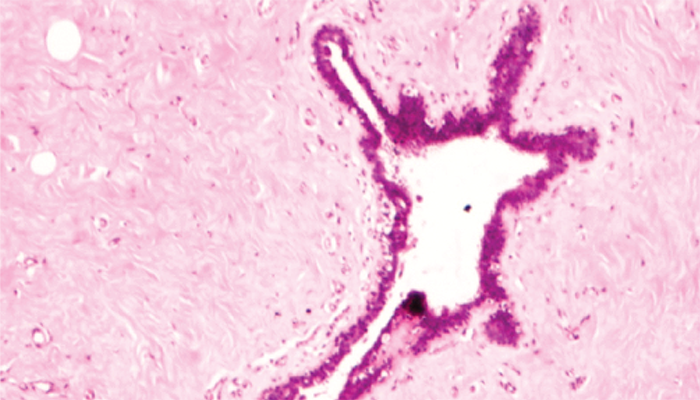
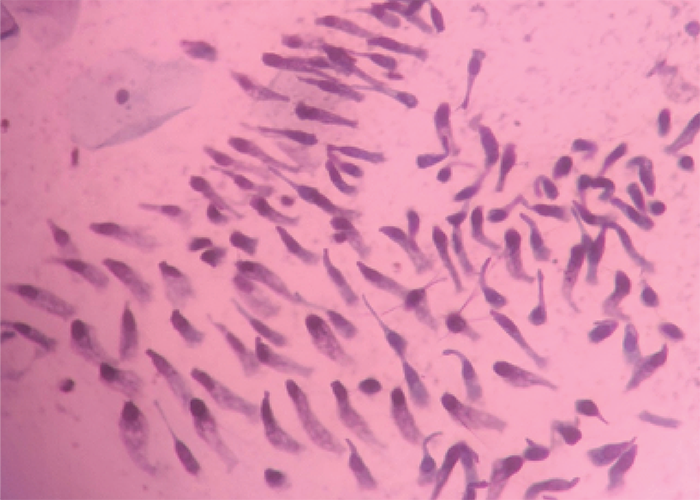
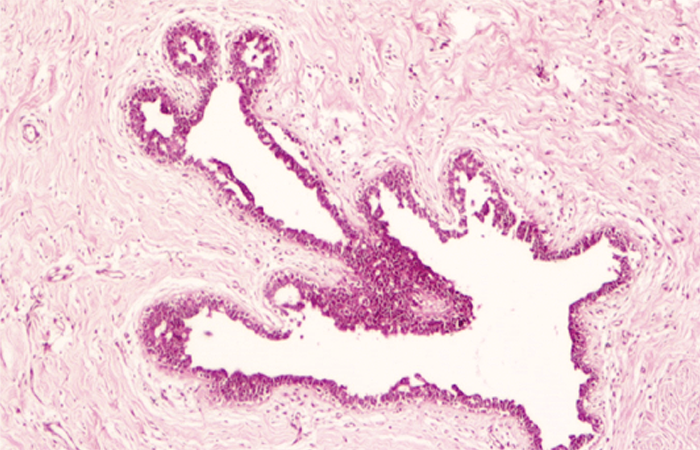
Halloween Carving, A Benign Abstract, Perched on a Tree
Credit: Apeksha Agarwal, Cytopathology Fellow, UT Health San Antonio, Texas, USA
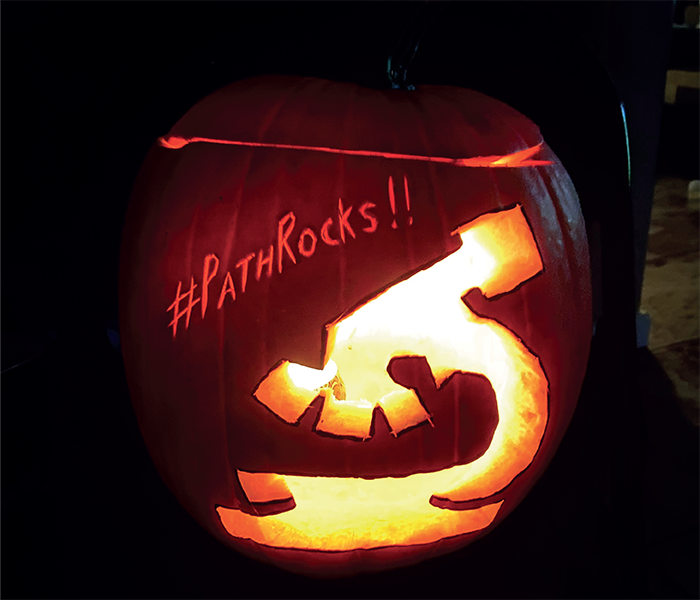



Adipose Stems, Squamous Rainbow, The Wall Art
Credit: Aswathy Miriam Cheriyan, MD MPH, PGY 4 Anatomic & Clinical Pathology, Allegheny General Hospital, Pittsburgh, PA, US.



Perfect Flower
Credit: Chitturi Ramya, Associate Professor, NRI Medical College, Chinakakani, India

Sea of Cartilage, Trees of Ferning, Geometry of Colloid, Balloons and Vegetables, Flowers of Prostate
Credit: Evanthia Omoscharka, Pathology Residency Program Director and Associate Professor of Pathology, University of Missouri-Kansas City School of Medicine; Cytopathology and Point of Care Director, University Health, Kansas City, Missouri, US





Little Bird, Gouty Stained Glass, Lymphoma Flowers
Credit: Faye Smith-Chakmakova, Pathologist, Barton Memorial Hospital, South Lake Tahoe, California, US



Stepping Stains to Histology
Credit: Frazer Bell, Histopathology Technician, Histology Research Service/ Veterinary Diagnostics Services, College of Medical, Veterinary and Life Sciences, University of Glasgow

Searching For a Cure
Credit: Jaye H. Paulman, Laboratory Manager at Southview Medical Group, Birmingham, AL, USA

Chirp, Chirp
Credit: Linlin Gao, Department of Pathology and Laboratory Medicine, University of Kansas Medical Center, Kansas City, Kansas, USA

Fibroadenoma Fox
Credit: Lynn Messersmith, Pathologist, Martin Army Community Hospital, Ft. Benning, Georgia

Pancreatic Tumor, Giant Cell Tumor of Bone, Glioblastoma
Credit: Mariana Duarte Riberio, Anatomical Pathology Unit, Coimbra Hospital and University Centre, Portugal.



Embroidered Kidney, Bone Brontosaurus
Credit: Meagan Chambers, Resident, Department of Pathology and Laboratory Medicine, University of Washington, Seattle, Washington, USA.


The Patient Behind the Lens
Credit: Michele Mitchell, Co-Chair of the University of Michigan Dept of Pathology Patient and Family Advisory Council

Blood Cells, Breathe, Renal, Whipple, Thyroid and Trachea
Credit: Rachel Dunlap BA, MS, PA(ASCP)cm; Pathologists’ Assistant; Chicago Area Autopsy Service; Chicago, IL





Pathology on Canvas
Credit: Regina Zavodovskaya, Associate Veterinary Anatomic Pathologist, VDx, Davis, California, USA.

Crochet Microscope
Credit: Renee Fraser, Cytotechnologist, Northwestern Medicine-West Region, Winfield, Illinois, USA
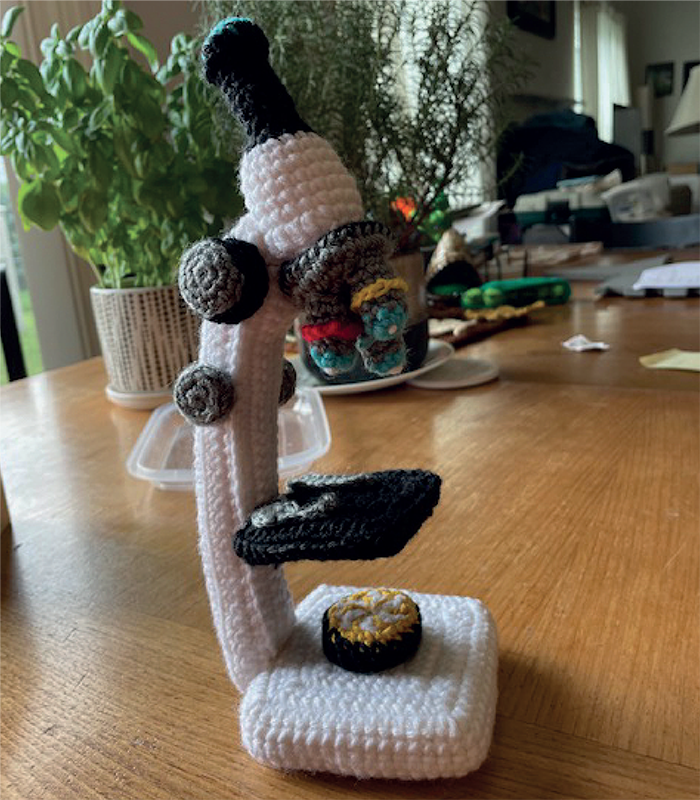
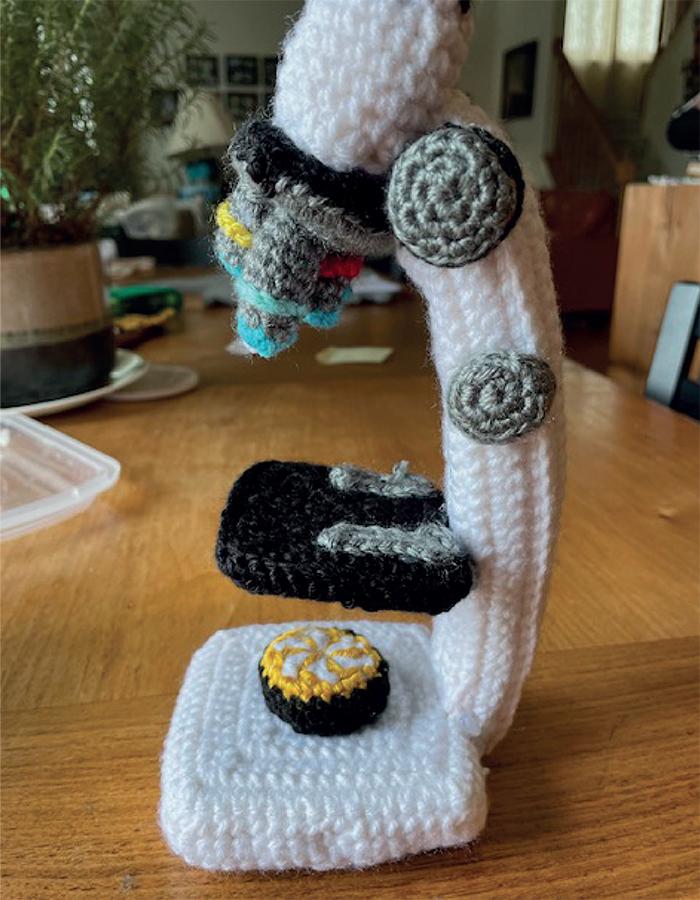
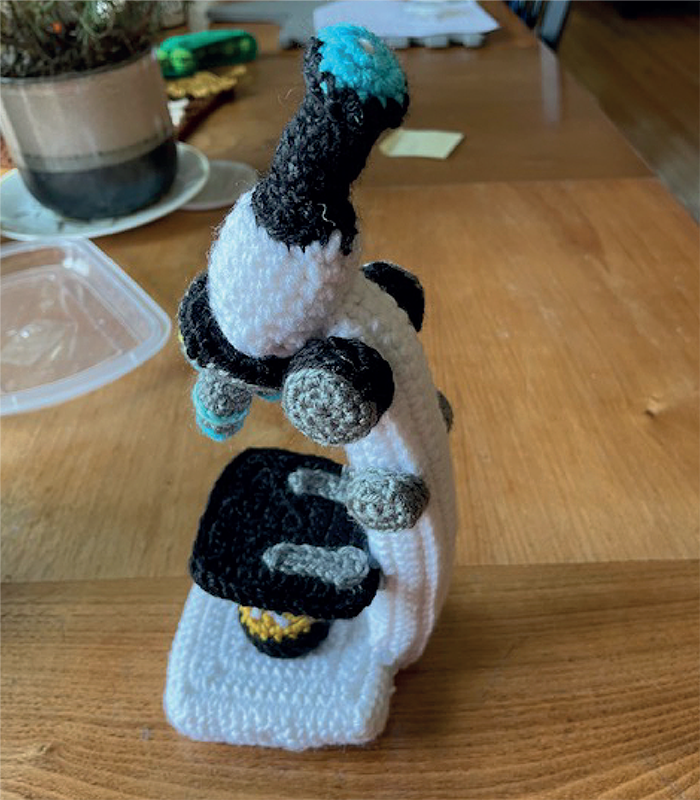
I Love You with My Microscopic Hearts, Speed Doesn't Matter, My Fur Baby
Credit: Rico P. Lasaca, Department of Pathology, Divine Word Hospital, Tacloban, Philippines



Blood Cells, GI Mucosa, LSIL
Credit: Shabnam Seydafkan, Resident Physician, PGY-4, Department of Pathology, SUNY Downstate Health, Brooklyn, New York



The Brook in the Epidermal Cyst
Credit: Syed Salahuddin Ahmed, Senior Consultant in Pathology, Delta Hospital, Dhaka, Bangladesh

A Pathologist’s Universe Is in the Microscope, Butterflies in a Glandular Garden
Credit: Vasudev Prabhu, Consultant Pathologist, Tejasvini Hospital, Mangaluru, India






